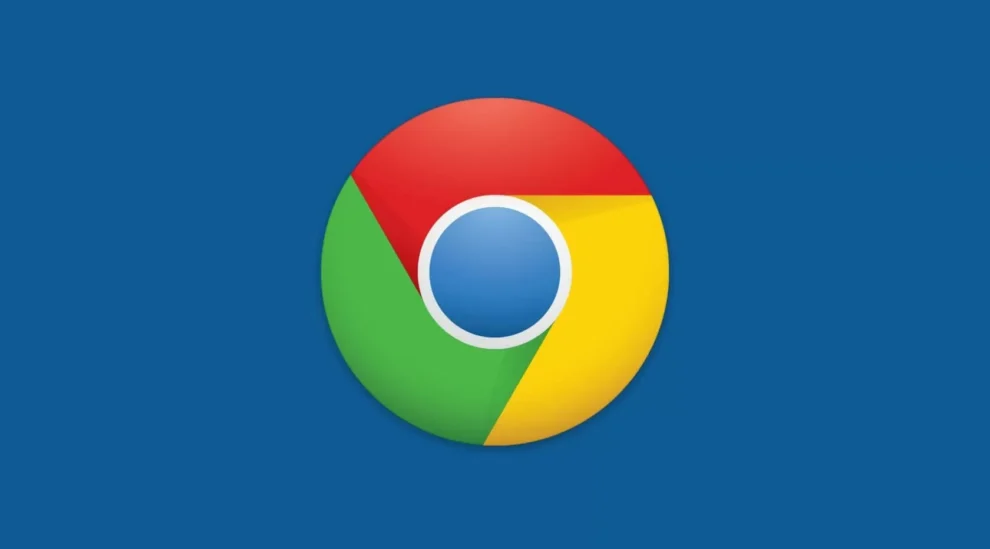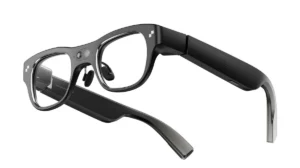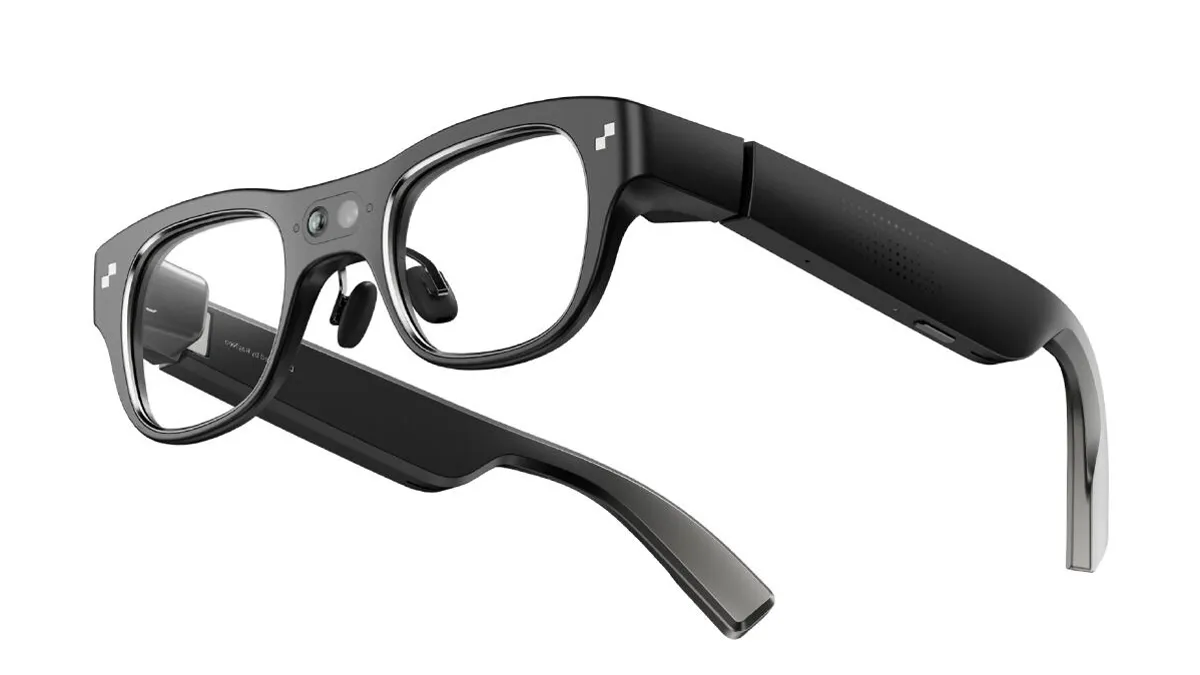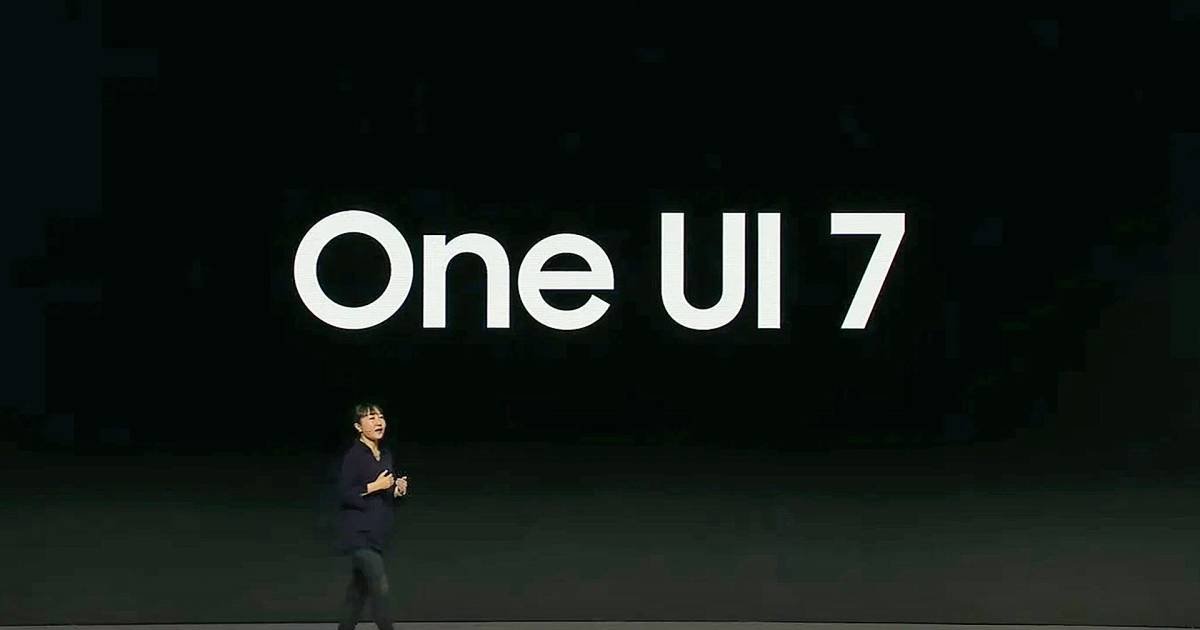Google’s popular web browser, Chrome, has finally received native ARM support for Windows, marking a significant step in software development for ARM64 PCs. This update is particularly relevant as the computing world increasingly pivots towards ARM-based processors for their efficiency and performance benefits.
Key Highlights
- Google Chrome introduces native ARM support for Windows, enhancing performance on ARM64 PCs.
- The update negates the need to run Chrome in emulation mode on such devices.
- Native ARM support is currently available in the Chrome Canary version for Windows 11 ARM processors.
- This development is timely as Qualcomm prepares to release the Snapdragon X Elite chip.
- The ARM64 version of Chrome for Windows could lead to increased adoption of ARM-based Windows PCs.
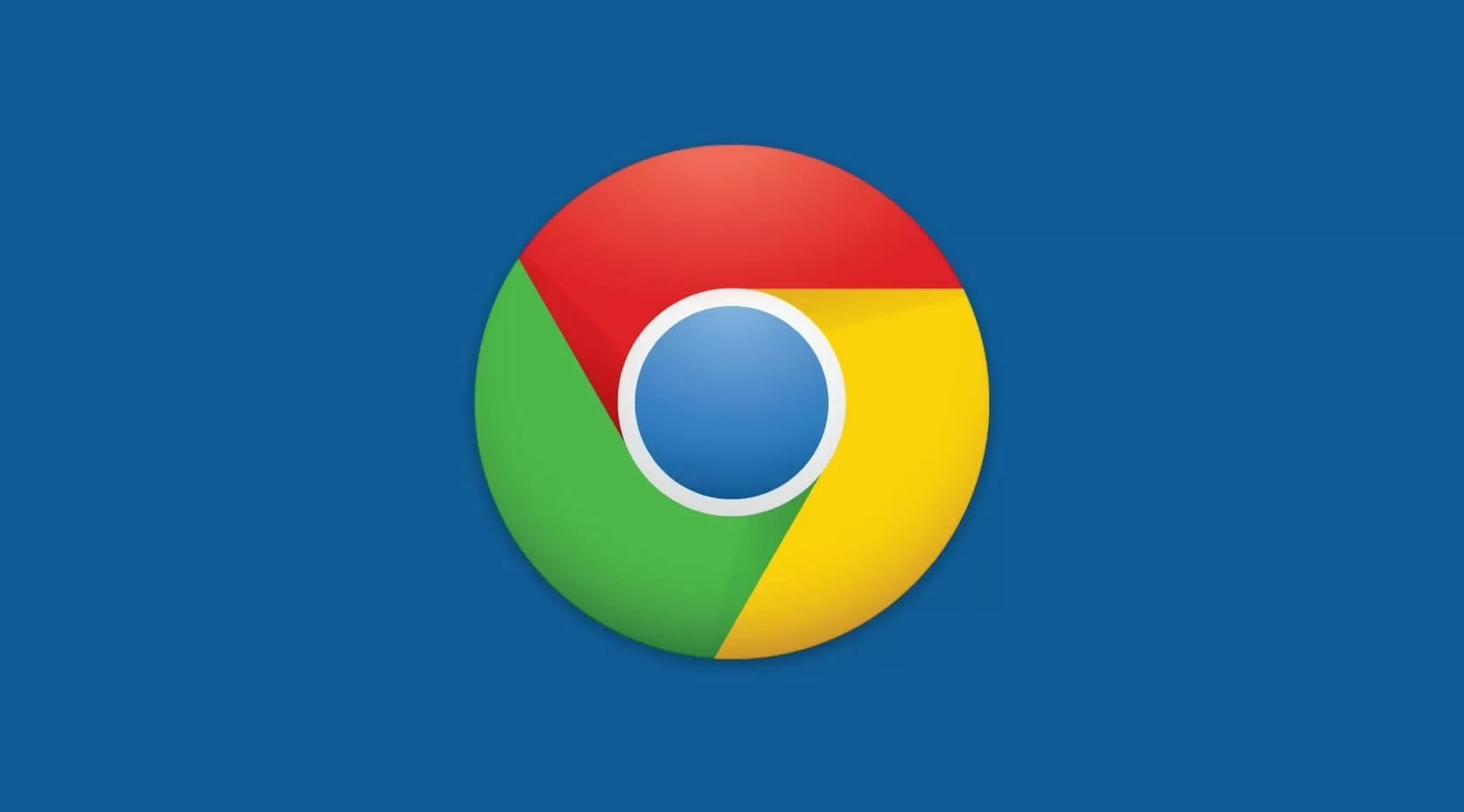
The Shift to ARM: A Strategic Move for Chrome
Historically, running Chrome on ARM-based Windows PCs required emulation, compromising performance. The new native ARM support enables Chrome to run more efficiently, leveraging the full potential of ARM64 processors. This shift is expected to significantly improve the browsing experience for users of ARM-based Windows devices, such as those powered by Qualcomm’s upcoming Snapdragon X Elite chip.
Why Now? Understanding the Timing
Google’s decision to introduce ARM support for Chrome on Windows comes at a crucial time. The ARM ecosystem for Windows has been slowly gaining traction, but the lack of major software support has been a notable drawback. Microsoft’s own Edge browser, also based on Chrome’s underlying technology, has supported ARM64 for some time, raising questions about Chrome’s delay in embracing ARM for Windows.
The launch aligns with Qualcomm’s release of the Snapdragon X Elite chip, which promises to bring enhanced performance and efficiency to ARM-based Windows PCs. This synergy could propel the adoption of ARM-based devices in the mainstream market, previously hindered by software compatibility issues and performance limitations.
Implications for the Future of Computing
The introduction of ARM support in Chrome for Windows is more than just a software update; it signals a broader shift in the computing industry towards ARM architectures. As ARM chips become more powerful and energy-efficient, they offer a viable alternative to traditional x86 processors, especially in mobile and lightweight computing devices.
This move by Google can potentially accelerate the growth of ARM-based Windows PCs, offering a competitive alternative to Apple’s M-series chips in the MacBook lineup. With key software like Chrome now supporting ARM natively, users can expect a richer and more efficient computing experience.
Enhancing User Experience on ARM64 PCs
The native ARM support for Google Chrome on Windows is more than just a technical upgrade; it’s a user-centric move. Users of ARM64 PCs can now expect a significant boost in Chrome’s performance, including faster page loading times and smoother multimedia playback. This enhancement is particularly vital as web browsers are central to the digital experience, whether for work, education, or entertainment.
A New Era for Chrome and ARM
In conclusion, Google Chrome’s addition of native ARM support for Windows is a pivotal development in the evolution of ARM-based computing. This update promises enhanced performance and efficiency, potentially driving the wider adoption of ARM architectures in the PC market. As the ecosystem around ARM-based Windows devices grows, users can anticipate a more diverse and competitive computing landscape.

